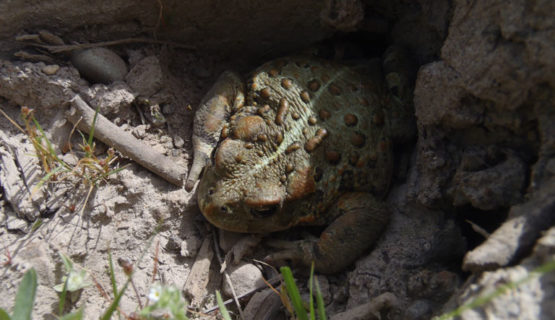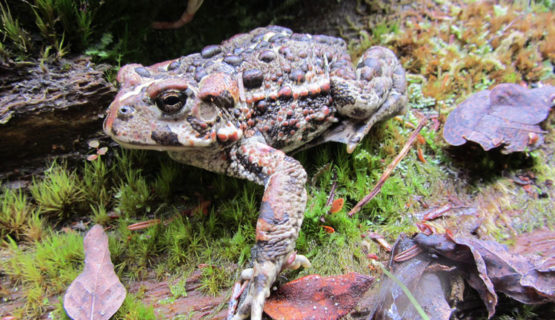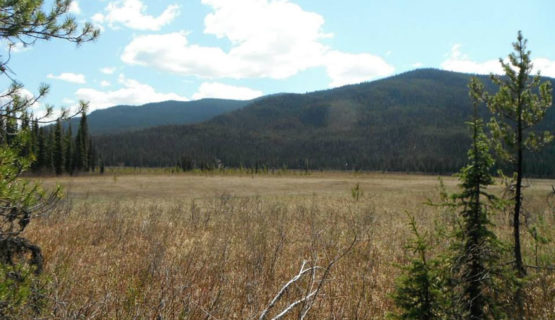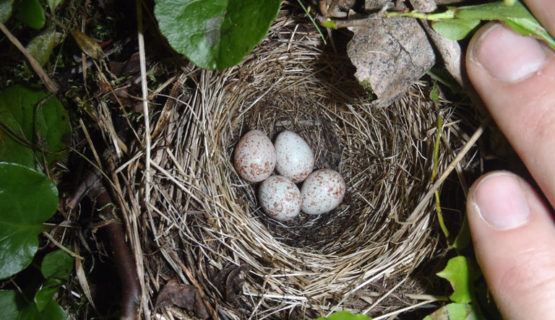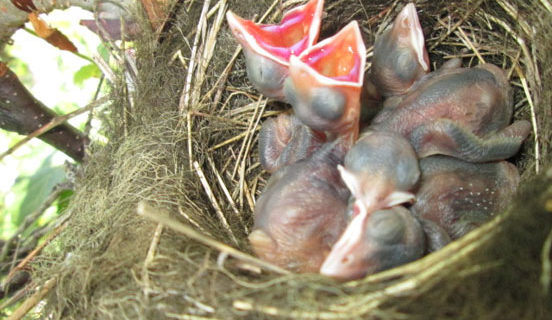Projects
Pacific Trails Pipeline (PTP) – Wildlife
Services: Natural & Environmental Resources
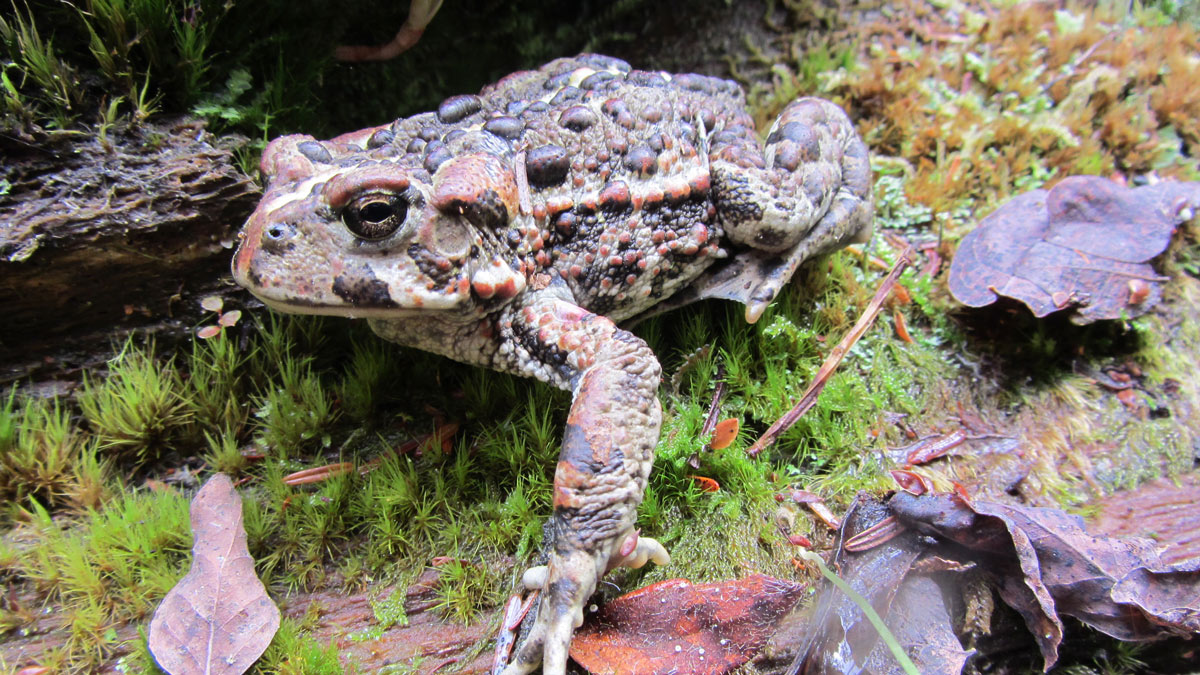
Work Involved:
- Wildlife Feature Survey
- Wildlife Management Planning – Mountain Goat & Caribou
Project Description:
The Pacific Trails Pipeline is a proposed 463 km long natural gas pipeline from Summit Lake, BC to the proposed LNG Terminal Facility in Kitimat. Between 2013 and 2014, Ecofor provided a series of multidisciplinary natural and environmental services to aid in the planning and clearing phases of pipeline development.
In 2014, our team of professional biologists conducted a thorough ground survey for wildlife features along the proposed pipeline route and access roads in the Terrace area. Prior to survey, our staff conducted detailed research into previously recorded georeferenced features located in the study area. The presence or absence of previously recorded features were ground truthed, in addition to the identification and mapping of any newly recorded features.
New wildlife features identified during the survey included wetlands, dens, and raptor nests. All wildlife features were marked in the field to alert construction crews of their presence. Ecofor provided detailed protection and compensation recommendations for all wildlife features within the study area. In addition, Ecofor created and distributed identification cards to all PTP field personnel, with detailed descriptions and photographs of rare wildlife and plant species within the project area.
A Wildlife Management Plan was then created to help the client ensure compliance with environmental commitments to regulatory agencies. Prior to development of the plan, Ecofor reviewed regulations and the Land and Resource Management Plan (LRMP) for the region as they apply to the proposed construction activities.
Ecofor’s plan summarized species and bio-geoclimatic regions present within the study area, and detailed the potential impacts that may occur during development. Recommendations were devised to mitigate these potential impacts, and contingency plans were created to guide project personnel in cases where wildlife and species at risk were encountered. In addition, Ecofor created a post-construction monitoring plan to determine if any impacts occurred, and the effectiveness of the mitigation recommendations made.

